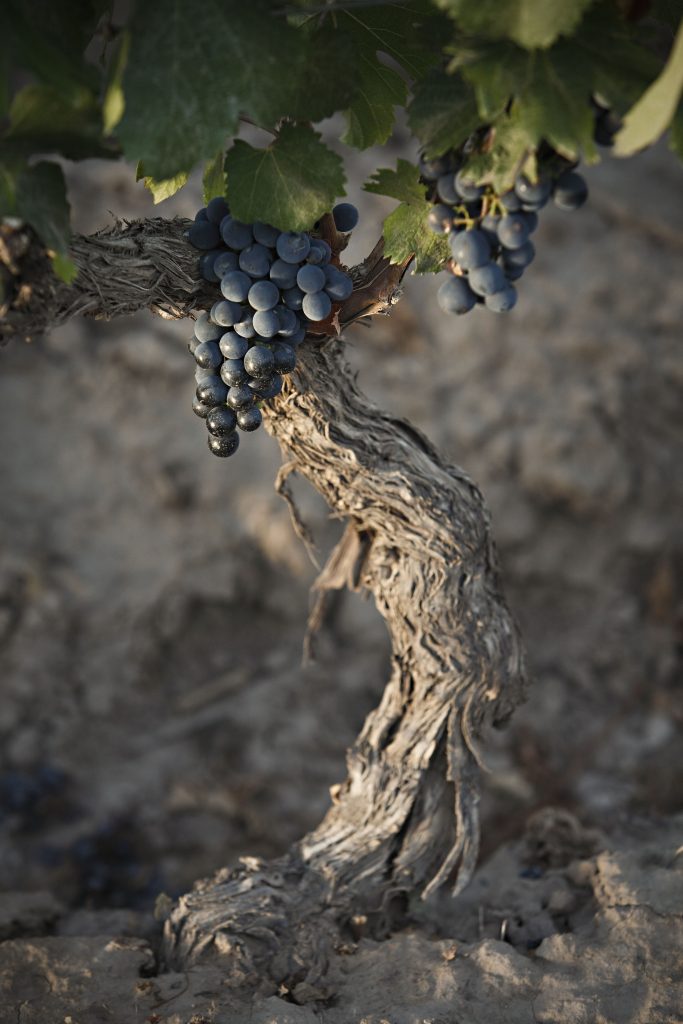There are many ways to recount a success: with a story, a tale or with numbers that describe trends. In terms of Malbec, we chose numbers, which say more than words. These are the digits that define Argentine Malbec.
1316. Pope John XXII founds the University of Cahors, in south-western France, where clerical elites will take a liking to a black and corpulent wine that will become legendary: “the black wine of Cahors”, made with the vineyards that will be known as Cot and Auxerrois, and later Malbec. It is, by the way, the first exaltation of wine for its colour.
1853. The first stakes of Malbec enter Argentina crossing the Andes on the back of mules. They arrive in the saddlebags of Miguel Amado Pouget, who is hired to head the Quinta Agronómica founded in Mendoza. The vineyards and the agronomic school occupied the property where the Government House now stands.
1974. The first Malbec varietal for export is registered. It is a Norton wine destined for the United States. The company was then run by the legendary Ricardo Santos. There are still bottles a few bottles kicking around in the winery, but they’re not for sale.
1977. A legendary Malbec harvest. That year, winemaker Raúl de la Mota produced the first Weinert Malbec, Estrella, of which there are still bottles for sale – about two hundred bottles remain – as witnesses of an oenology from another time from a variety with absolute validity.
1991. The Luján de Cuyo D.O.C, the first of its kind in Argentina is established to promote and protect the development of Malbec. Founded by a handful of wineries, it laid out a criterion of origin and style to enhance the taste of the variety. Those pioneering wineries marked a course of what is now the development of terroirs.
2011. There are many great ideas in the world, and only some are acted upon. Malbec World Day belongs to this select group. Launched on April 17th 2011, it includes all the celebrations worldwide in the framework of Malbec. You can follow the activities on the Malbec World Day site, or with #MalbecArgentino #MalbecWorldDay.
43,000 hectares of Malbec had been cultivated in Argentina up to 2018. The data comes from the Wine Observatory and describes a curve in full rise over the last twenty years, doubling its surface area. The trend continues. In the 1970s, there were 100,000 hectares of Malbec in our country. We’re not quite back there yet but it’s growing at a good pace.
103.1 million litres of Malbec were exported in 2018. The trend is growing, with a jump of 1,600% from 2002. It is by far the most exported varietal. The average F.O.B price ( “free on board”) per bottle is $4.63. Measured in foreign currencies, Malbec exports reached 481 million dollars the same year, half of the country’s sales, between 2002 and 2018 the increase in foreign currency was 3,400%.
123 countries have received at least one shipment of Malbec in the last year. The one that received the most was the United States, with 4.1 million boxes; the least, Angola, with about eleven units. Among the highlighted destinations, we must mention the United Kingdom, with 2 million boxes, Canada, with 873,000 units, and Brazil, which reached 796,000. The highest average price per box was achieved by Angola, with 1,031 US dollars.
73.9 million litres of Malbec were despatched to the domestic market in 2018, with the average Argentinian drinking 1.7 liters of Malbec last year, one-tenth of the annual per capita consumption.
3.111 m.a.s.l, the highest Malbec vineyard. Planted in Salta, in the northwest of Argentina, and while we’re on records, between the vineyards of the northernmost Malbec (Jujuy) and the southernmost (Chubut), there are 2,300 linear kilometres, the equivalent of going from Edinburgh to Marrakesh or Toronto to Havana. Malbec’s epicentre is concentrated in an area around latitude 33º South.
85% of Malbec in Mendoza. By far the most important province in terms of varietal. Luján de Cuyo is the area with the most Malbec and accounts for 24% of the total, while the entire Uco Valley covers 40%, including San Carlos, Tunuyán and Tupungato. The rest is divided between the eastern and southern oases. In this way, when expressing flavours, regions are important.
With these figures, numbers and dates, only one thing remains: on April 17, raise your glasses and make a toast. Of course, with Malbec.



